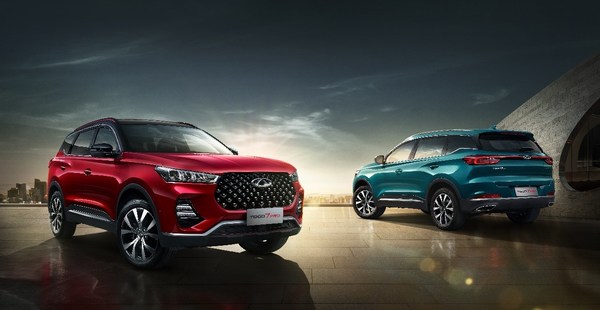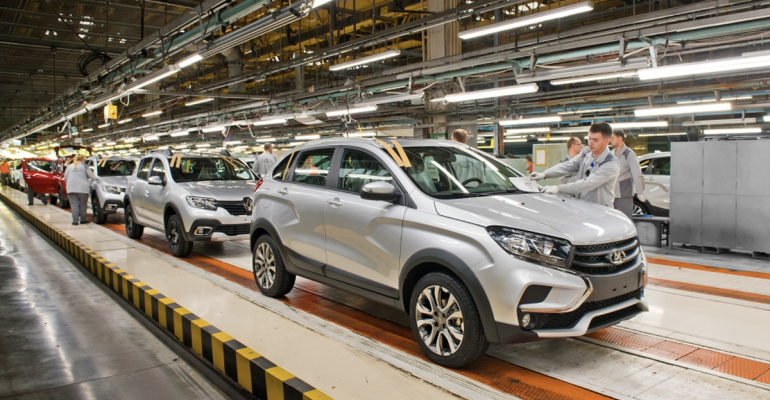ST. PETERSBURG – Soaring prices and tight supplies of new and used vehicles, emergence of a so-called gray market for new cars and the loss of government support are among the challenges facing Russia’s domestic auto industry as the war with Ukraine moves into its second year.
Foreign automakers continue their withdrawal from the Russian market – with the exception of Chinese automakers, which are increasing exports to the country. The only other primary sources of new vehicles are domestic brands such as Lada; stocks of European, Japanese and South Korean brands are virtually exhausted.
Light-vehicle sales in Russia in 2022 totaled 687,370, down 58.8% from 1,666,780 a year earlier, according to Wards Intelligence data. The only brands showing year-on-year increases were China’s Chery and Dongfeng, and domestic maker UAZ, but their combined unit sales were only about 90,000 units.
The Association of European Businesses projects new-vehicle sales in 2023 will rise 12%, to 770,000. Much of the increase will come from Chinese brands, which saw Russian sales double in 2022 despite price increases ranging from 40% to 60%.
Used-vehicle sales increased 7% in January for an annualized rate of 361,000, the AEB says.
To address the shortage of new cars, some Russian companies and dealers have turned to parallel imports – also known as the gray market.
One large dealer group, Avilon, is selling new cars to other dealers after importing them from countries that suspended exports to Russia in response to the February 2022 invasion of Ukraine.

China’s Chery defied floundering Russian market with 31.4% sales increase in 2022.
The conflict has disrupted the domestic auto industry in other ways as well. The Russian Ministry of Industry and Trade, which is responsible for developing the country’s automotive sector, diverted RR3 billion ($39.5 million) earmarked for subsidies for domestic auto-parts producers to assist areas of Ukraine now under Russian control.
Parts shortages have been a chronic problem since the onset of the war. But Avtodom, a luxury-automobile and motorcycle dealership group, is in the process of purchasing Mercedes-Benz’s Russian assets, including its Moscow-area plant.
Avtodom officials have said the deal will maintain a supply of parts for Mercedes vehicles in Russia. They also say they haven’t ruled out the possibility of contract assembly of cars, possibly Chinese models, at the plant.
Another shuttered Russian plant, the Volkswagen complex in the Kaluga region, has attracted the interest of the AFK Sistema financial conglomerate, which reportedly may acquire and resume production at the factory with assistance from Kazakhstan-based automaker Allur Group. AFK and Allur declined comment on the report in Russian business publication Kommersant, while VW’s Russian subsidiary said only that the sale of assets to a third party is a possible option.





